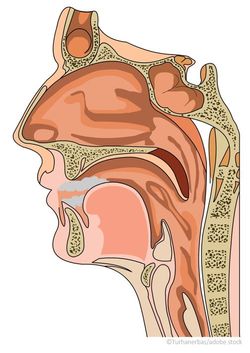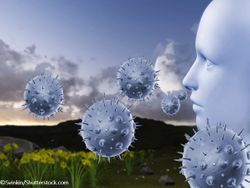© 2025 MJH Life Sciences™ , Patient Care Online – Primary Care News and Clinical Resources. All rights reserved.
What Works and What's New in Therapy for Ragweed Allergy
Current and emerging treatment options for ragweed-induced rhinoconjunctivitis are the topic of a comprehensive review paper--a good read for all primary care providers.
A new and comprehensive paper by Ihler and Canis reviews the current and emerging treatment options for ragweed-induced rhinoconjunctivitis. The authors present data on geographic, epidemiologic, and climatic trends believed to be drivers of expanded ragweed seasons across the globe. They present highlights of years of research into the efficacy of treatments now considered to be standard of care in ragweed-allergy management and offer a look forward at the potential of newer approaches in the pipeline.
There is sound evidence for symptomatic management of allergic rhinoconjunctivis caused by ragweed allergy with an oral third-generation H1-antihistamine and a leukotriene antagonist. Randomized controlled clinical trials have shown topically applied glucocorticoids to be effective. Use of multiple agents is also common. Subcutaneous immunotherapy is currently the cornerstone of causal therapy: the focus is on the major allergen, Amb a 1.
Research into novel approaches focuses on more specific symptomatic treatment and avoidance of side effects during causal therapy. The histamine H3-receptor is a target for unique antihistamines. Adjuvant therapy may include drugs with toll-like receptor 4 activity or the application of the monoclonal anti-immunoglobulin E antibody, omalizumab. There is also work to shift the treatment paradigm toward modification of the immune response itself.
Disclosures:
Ihler F, Canis M. Ragweed-induced allergic rhinoconjunctivitis: current and emerging treatment options. J Asthma Allergy. 2015; 8:15–24. http://www.ncbi.nlm.nih.gov/pubmed/25733916



